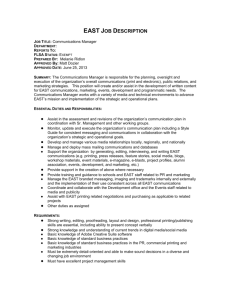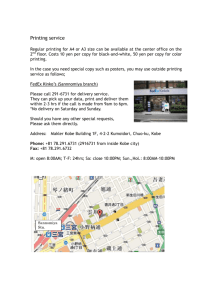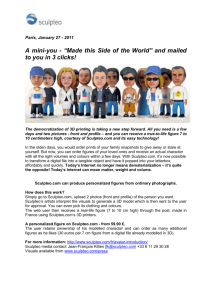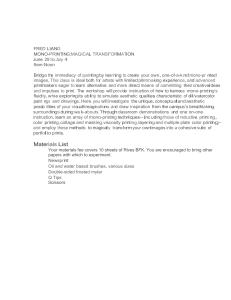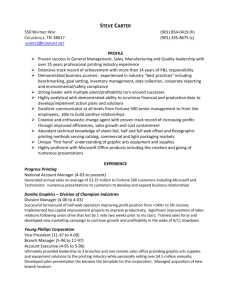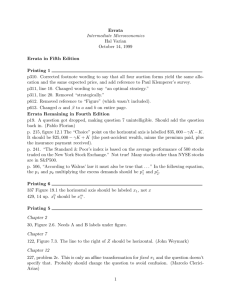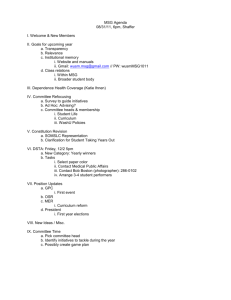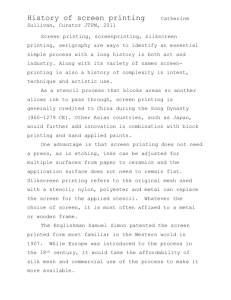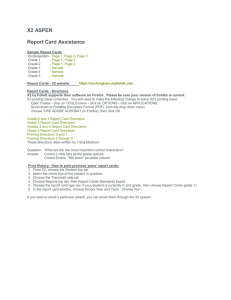3-D Asteroid Models - Asteroid Occultation Updates
advertisement
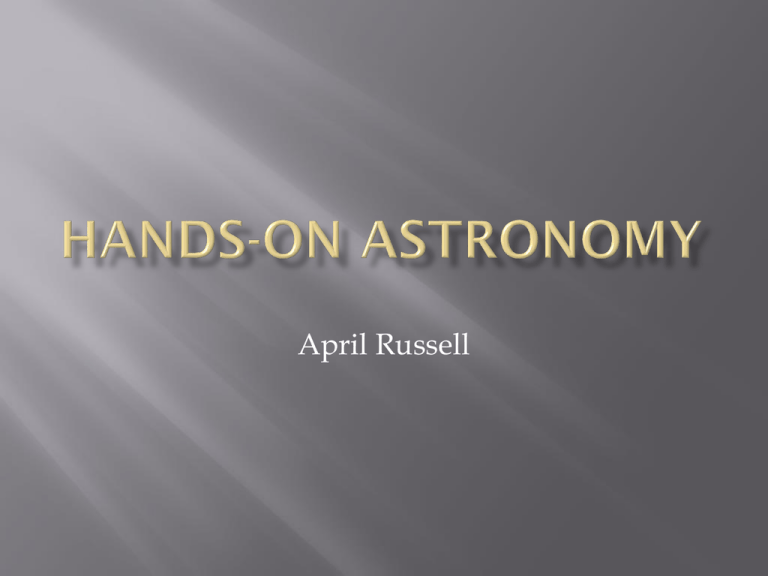
April Russell Hands-on astronomy Science of modeling 3D printing Discussion Observation Instrumentation Backyard observing with telescopes Mirror grinding Education/Outreach Solar system models Planispheres Starlab NASA recommends making asteroids out of clay BORING! Where is the technology? Cheap and easy, but… Time intensive Not scientifically accurate they all start looking the same! Not exciting! Scientifically accurate - see differentiation between asteroids Variety of materials/printing methods available Tangible science – show off techniques and get people interested Astronomy Observations/data collection of variation in brightness Data reduction Model generation Inversion (Canopus) Rectification (MeshLab, other) Verify with occultations Additive manufacturing (3-D printing) Observations Virtual Model Printed Models Light Curve Occultation Convert scientific model to printable format Approximates shape using triangular facets Add texture (cratering) Set density / Add void space May have limits on # of vertices, wall thickness, holes, overhangs, etc Slices virtual model into digital cross sections Print Model Extrusion method builds model in layers; many options Extrusion/fused deposition (ABS/Plastics) Photopolymerization /Stereolithography (Polymers) Granular materials binding (Polymers/Metals/Food) Own Machine - $500-$20,000+ Open Source / Kit RepRap, Makerbot, others Commercial Stratasys, 3D Systems, others Services – priced by volume, depends on material Shapeways, Solid Concepts, others Verify your model is printable Surfaces must be a closed manifold and be assigned the correct normals (in/out) Not usually an issue for asteroid models Check maximum size and minimum wall thickness Optimize your model Much cheaper if hollow, though printer may require it has a hole Consider different mediums and colors – think about ceramic, plastics, metal, candy Consider partial fills, thin shells, and mesh v. solid designs 3D printing offers a new opportunity for hands on astronomy that ties together a variety of exciting fields Background Information Data available at DAMIT website http://nightsky.jpl.nasa.gov/docs/AsteroidHunters.pdf http://home.comcast.net/~eliws/ceres/files/LightCurveMod elsOf20Asteroids.pdf http://astro.troja.mff.cuni.cz/projects/asteroids3D/web.php Images and Video http://www.poyntsource.com/Richard/images/Asteroid%20 Occultation%20Geometry.jpg http://www.minorplanet.info/MPO/pdolc/A135_2008.PNG http://www.poyntsource.com/Richard/IOTAMeeting2011.ht m http://static.ddmcdn.com/gif/telescope-sam-1.jpg http://www.shapeways.com http://en.wikipedia.org/wiki/3D_printing


